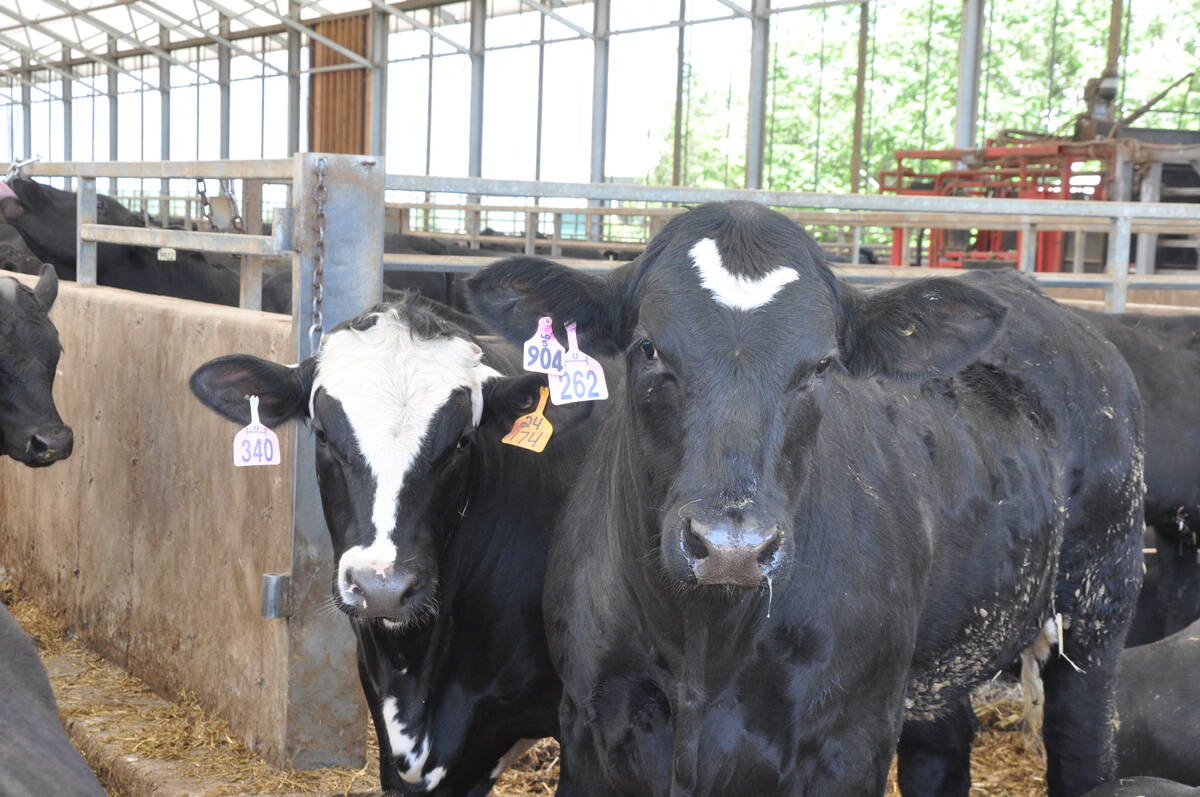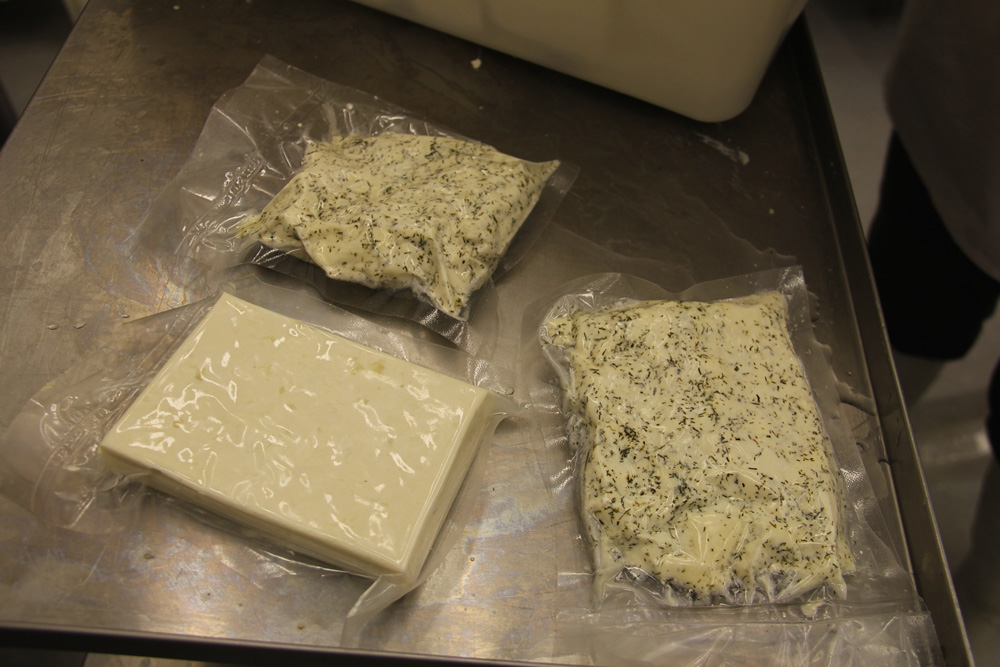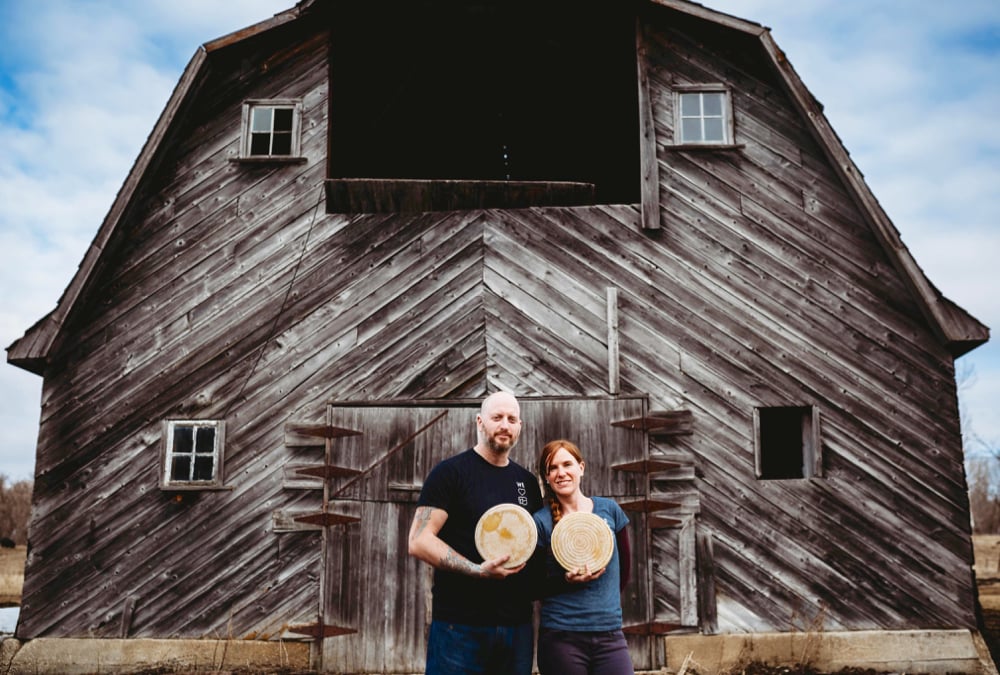Galina Beilis’s cheese might be new to Manitoba, but as she’ll tell you, there’s really nothing new about it.
The recipe is as simple as it is old. Farmers and villagers have been making it for centuries and it dates back to the discovery of milk going sour when you left it at a warm temperature.
“The truth is, this cheese is nothing new. It’s a very, very old product,” said Beilis, who grew up in Belarus, but emigrated to Canada in 2008 and now lives with her family in Winnipeg. “In the country and villages, people made it at home.”
Read Also

Beef-on-dairy makes cattle market ripples
Beef-on-dairy calves are popular, but an economist flags potential market risks from that popularity. The Canadian veal industry has already felt them.
That’s why some call this style of fresh cheese a ‘farmers’ cheese.’ Beilis, who grew up speaking Russian calls it tvorog, which translates to mean “curd.”
She started her Dairy Fairy company to produce it, after discovering she couldn’t find it in Manitoba stores, something that amazed her. Where she grew up, mothers begin to feed this soft, mild cheese to infants and it is a staple on dinner tables.
“It’s very popular in Europe and especially our countries, like Belarus, Ukraine and Poland,” she said. “For us it’s like a second bread.”
She began making inquiries about how to start, approaching Dairy Farmers of Manitoba where they explained the provincial quota system for startup processors, and how a new processor like herself could purchase milk through DFM from local dairy farmers.
“They said, ‘we don’t have this cheese in Manitoba. Nobody makes it, so let’s try,’ and they started to help with everything,” she said.
DFM also directed her to the University of Manitoba’s dairy plant where, in summer of 2013, she began renting the site’s pasteurizers, cheese-making vats and other industrial equipment to scale up her traditional recipe.

As simple as tvorog is to make the old-fashioned way, it’s another matter to scale it up commercially. Beilis also got help with matters such as nutrition labelling for this small-batch cheese made with only milk and culture.
“She’s started out on the right foot,” says University of Manitoba dairy plant manager John Thoroski. “The dairy plant is where these ideas take shape.”
In the last two to three years, Manitoba has seen several new processed dairy products develop, he added, noting the startups of on-farm processors such as Optimist Holsteins who make a made-in-Manitoba yogurt, and Stoney Brook Creamery, selling the farm’s organic milk in glass bottles.
Cornell Creme ice-cream maker Lisa Dyck, who recently transferred her processing to expand her company, also got her start at this dairy plant.
Beilis now puts in long hours, making about 100 kg of cheese a day, which she then sells in 250-g and 500-g packages at Winnipeg farmers’ markets, including the St. Norbert Farmers’ Market, the Downtown Biz Farmers’ Market in the Manitoba Hydro headquarters and the recently opened Osborne Farmers’ Market. Dairy Fairy cheeses are also utilized at several restaurants in Winnipeg, plus she also sells them at various grocery stores including Food Fare and Red River Co-op.
Gaining store shelf access is “a huge story,” she said. “They didn’t know if people would buy it. I said, ‘you’re not losing anything. If you have space on your shelf try it.’”
It proved popular, and not only among customers who recognize the traditional cheese.
“Now they (stores) call me saying,‘Galina, where is your cheese? People are asking for it.’ A lot of people like to see (cheese) made in Manitoba. They support us.”
She distributes her product herself right now, but hopes to grow the business so she can work with a distributor. “Mostly I do everything myself right now,” she said. “It’s stressful. It’s a tough job. But I like it.”
She’s a member of the Manitoba Food Processors Association, which gave her a “Rising Star” award in 2015.
She only wishes her packaging was a little prettier and hopes customers aren’t put off by its plain appearance.
“I just want to tell people that when they see my not-very-beautiful packaging, I want them to know what we have inside,” she said.















